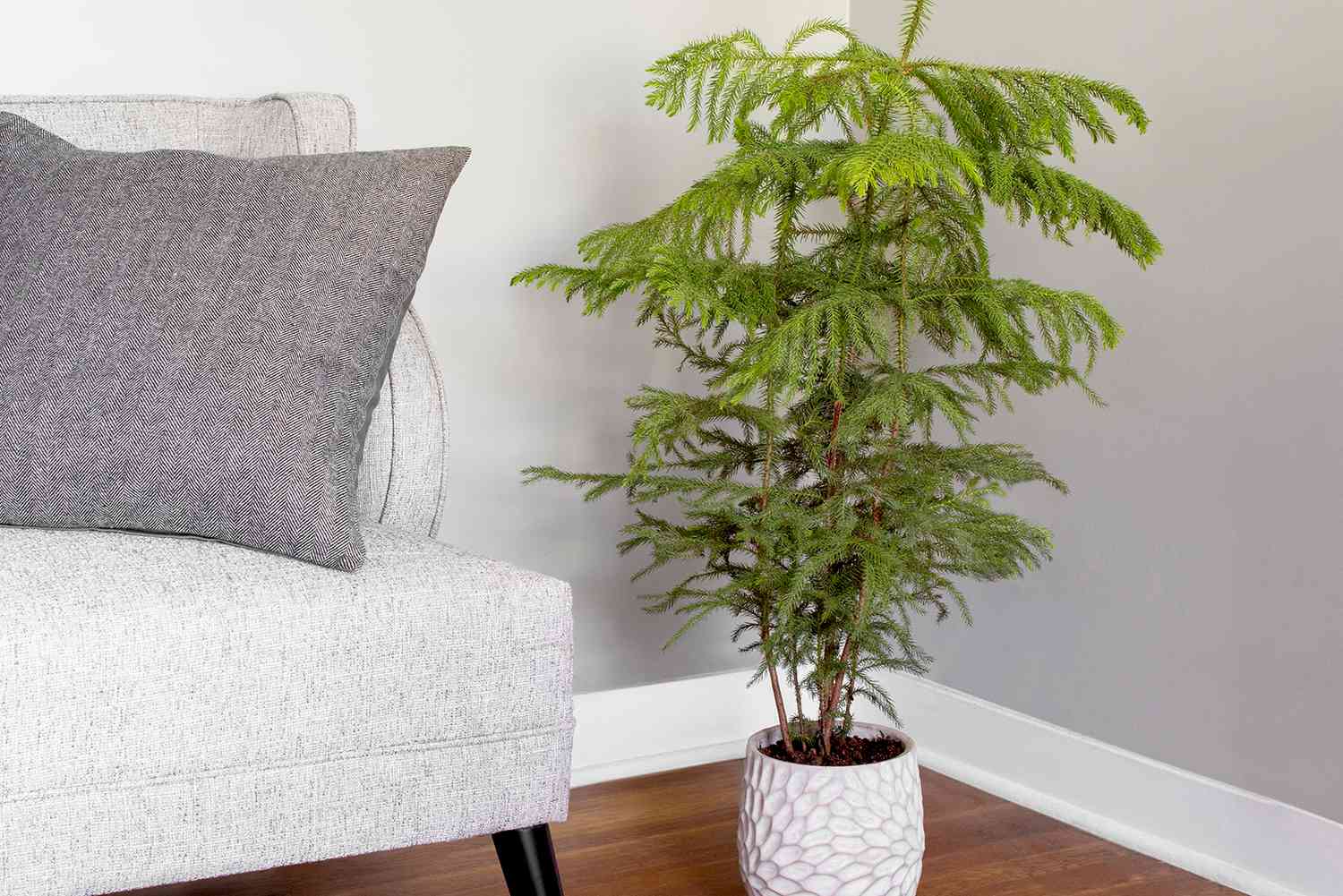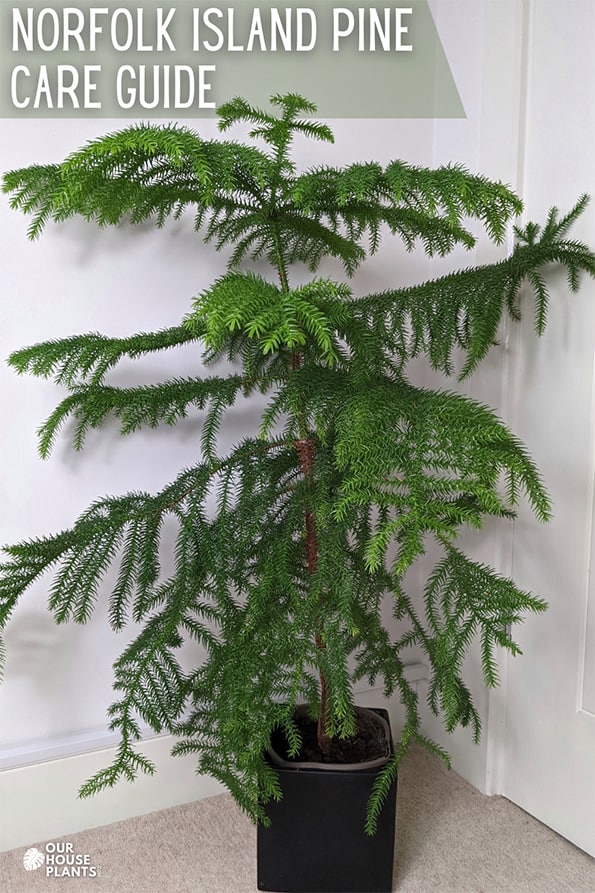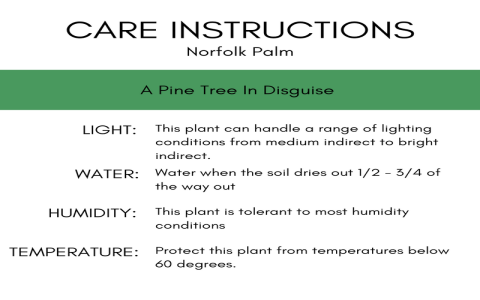Okay, so I’ve been messing around with my Norfolk Island Pine, trying to figure out just how cold it can get before the poor thing starts to suffer. I’ve heard different things, so I decided to do my own little experiment.
Starting Out
First, I got my hands on a few young Norfolk Island Pines – all roughly the same size and health. I wanted to make sure I had a few to test, just in case one was a bit tougher or weaker than the others naturally.

Setting up the experiment
- Control Plant: One plant stayed inside my house the whole time, where the temperature is pretty consistent, around 70°F (21°C). This was my “control” plant.
- Gradual Exposure: I put the other plants outside, but I didn’t just shock them. I started by putting them out during the day when it was warmer, then bringing them in at night. I did this for about a week.
- Temperature Tracking: I bought a cheap outdoor thermometer and kept it near the plants. Every morning and evening, I jotted down the temperature.
The real test
After the initial week, I started leaving the plants out overnight. The temperatures here were slowly starting to drop as we are heading into the late fall.
I watched closely for any signs of stress, like:
- Drooping needles
- Yellowing or browning of the needles
- Needles feeling brittle or dry
The results(so far)
It is been pretty interesting. My indoor control plant is still thriving, no surprise. It is also dark green and lush.
The outdoor plants started showing some minor drooping when the nighttime temperatures dipped to around 45°F (7°C). It was not super dramatic, but I could tell they were not as perky as the indoor one.
Then when it got down to around 40°F (4°C) for a couple of nights, I saw some slight yellowing on the tips of a few needles. That is when I decided to call it quits for one of the plants and brought it inside. Better safe than sorry.
Important Note: I’ve noticed that wind plays a BIG factor. Even if the temperature isn’t super low, a strong, cold wind seems to stress the plants out more. Also I had kept them in a spot that was as protected as possible during the experiment.
What I’ve learned(My Takeaway)
From what I have seen, Norfolk Island Pines can handle temperatures down to about 45°F (7°C) without too much trouble, for short durations. But once you start getting consistently below that, especially down to 40°F (4°C) and below, you are going to start seeing signs of stress, or even cold damage.

It is probably best to bring them indoors before it regularly gets that cold where you live. I am not an expert, but that is my two cents based on what I’ve observed. I am going to keep monitoring the one I left outside a bit longer, just to see what happens, but I do not recommend pushing it too far if you are worried about your plant!




















